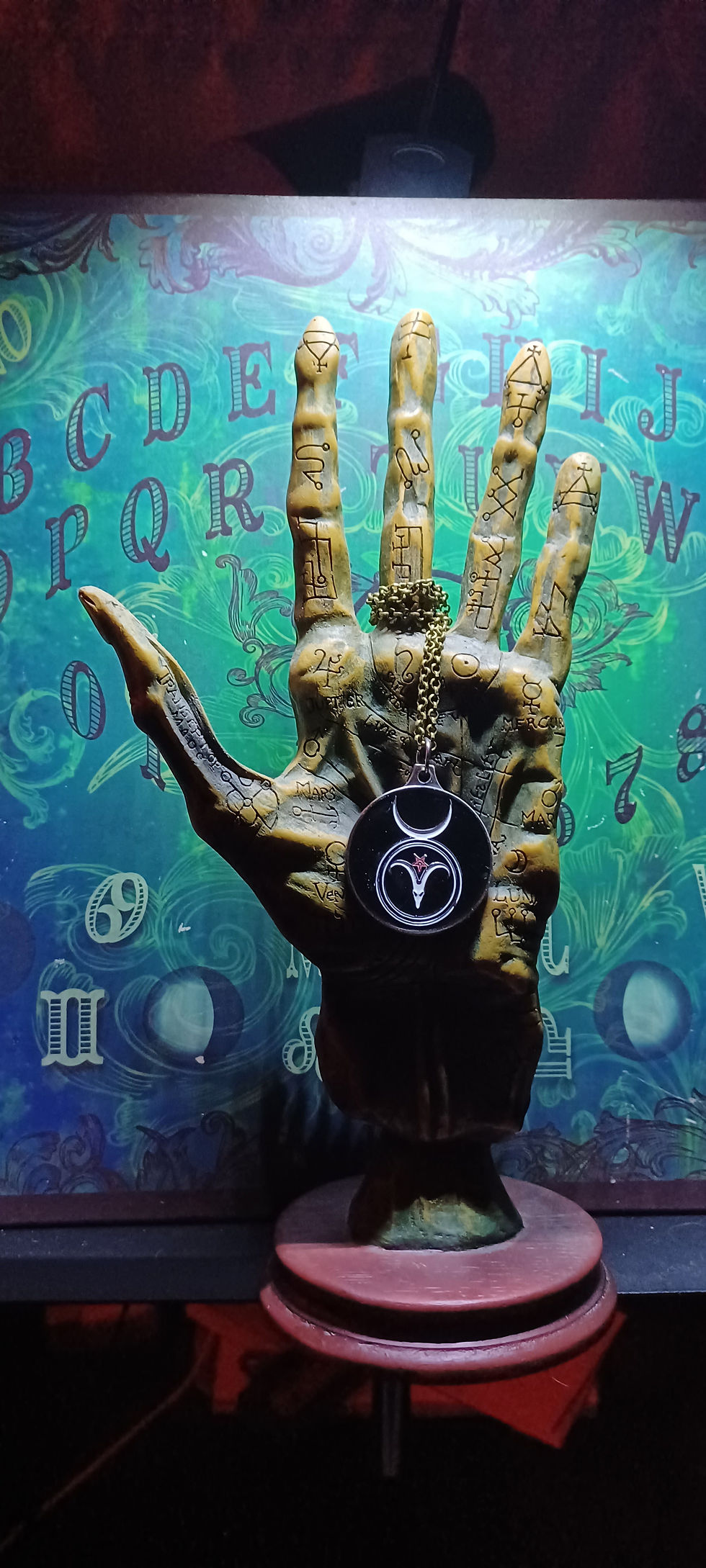UNVEILING SPIRITUAL CREATURES: Neurotheology & Ritual Majiq
- Etu Malku

- Jun 17, 2024
- 3 min read
Updated: Sep 11

Understanding Spiritual Creatures
In both my occult community and Neurotheological studies, we classify encountered entities as "Spiritual Creatures." These beings, appearing across cultures and epochs, manifest as egregores—collective thought forms that wield significant influence within the global psyche. Carl Jung categorized them as "archetypal structures," encompassing gods, devils, demons, and angels.
Nature of Spiritual Creatures
Spiritual creatures are not corporeal entities; they exist as Ideals or Platonic First Forms originating in our unconscious and surfacing in consciousness through rituals. Encountering a spiritual creature involves disinhibiting specific brain regions, notably the temporal lobes, which creates a "sense of agency."
Neurological Basis of Spiritual Experiences
Interactions among the cortex, hypothalamus, hippocampus, amygdala, and limbic system play pivotal roles. Disinhibiting the parietal lobes alters bodily perceptions and dissolves the sense of self, while the temporal lobes facilitate vivid visualizations, aiding in the creation of spiritual creatures perceived to act autonomously.
Causes of Spiritual Agency
Spiritual agency emerges from disinhibited brain regions, influenced by neurological disorders, medical conditions, or prolonged ritual activities like trance induction. From my research, two scenarios emerge: internal hallucination or external manifestation, with personal inclination favoring the former.
"A sensed presence is a perceptual reality that can be challenging to refute, rooted in the 'agency-detection mechanism." — Andrew Newberg, M.D., Neuroscientist
Practical Application in Ritual Magic
Practicing Solomonic Magic for decades has deepened my understanding of its role as a "Theater of the Mind." This psychodrama engages specific brain regions to induce diverse forms of agency. Reality, shaped by individual perceptions, transcends objective views, intertwining external stimuli with internal constructs.
Through ritual practice, I've realized spiritual creatures as manifestations of our ancient minds brought into contemporary consciousness.
Defining Spiritual Creatures
"Spiritual" denotes non-physical entities—from elementals to spirits, demons, angels, and discarnate humans. This terminology, prevalent until the mid-17th century, challenges modern readers, especially those from Judeo-Christian backgrounds.
Creating a Sense of Agency
Prolonged ritual and focused activity disinhibit brain regions, eliciting a sensed presence (agency) enhanced by archetypal imagery stored in memory, effectively summoning spiritual creatures. Preparation and understanding of brain disinhibition foster subjective realities, though outcomes vary.
Purpose of Seeking Assistance from Spiritual Creatures
Seeking spiritual creature assistance aims not at merging with a Universal Consciousness but cultivating an individual consciousness capable of self-design. Rejecting herd mentality, this pursuit emphasizes personal evolution into the Greater Self.
Achieving Extraordinary Perceptions
Aligning personal consciousness with individuality heightens perceptions, synchronicities, and manifested intentions. Diverging from Right Hand Path (RHP) traditions, the Western Left Hand Path embraces these transformative powers.
"Agency reflects the capacity of beings to act within their environment, mediated by the frontal lobes." — Andrew Newberg, M.D., Neuroscientist
By mastering these neurological mechanisms, we gain the ability to access and influence latent aspects of our unconscious mind. This process allows us to unveil spiritual creatures—entities that exist as manifestations of our deep-seated beliefs, emotions, and archetypal symbols. These creatures, whether perceived as gods, demons, angels, or other spiritual forms, reflect elements of our inner selves that are typically hidden from conscious awareness.
In the context of ritual magic and spiritual practice, the activation of specific brain regions through rituals and focused intent can amplify our connection to these inner manifestations. This heightened connection enables us to interact with spiritual creatures not as external entities but as symbolic representations of our personal and collective unconscious.
Through this exploration, individuals often discover profound insights about themselves, their fears, desires, and potentials. Each encounter with a spiritual creature becomes a mirror reflecting aspects of the psyche that are integral to personal growth and spiritual evolution. Therefore, mastering the neurological mechanisms involved in these experiences not only enhances our understanding of spiritual phenomena but also deepens our journey toward self-discovery and transformation.


